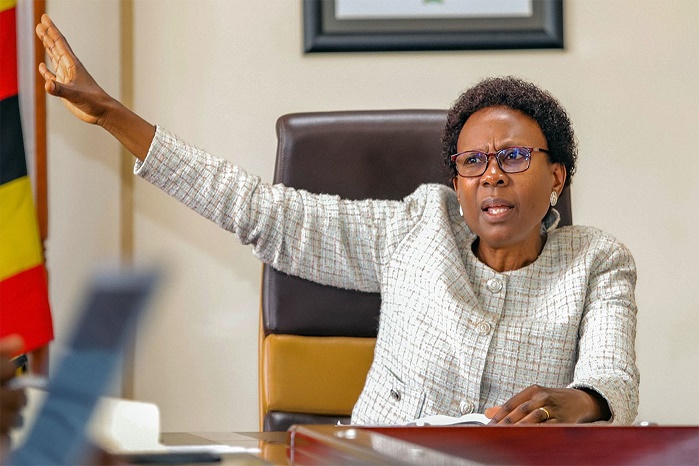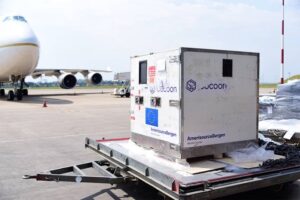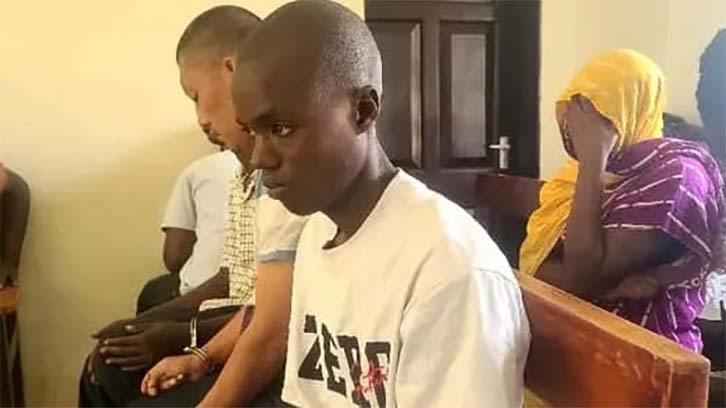
Dr Jane Ruth Achieng, the Health Minister addressing the members of the media about Mpox
HABARI DAILY I Kampala, Uganda I The European Commission has come to Uganda’s rescue in fighting the Mpox outbreak by delivering 10,000 doses of the MVA-BN® vaccine.
The consignment, which arrived in Uganda on Tuesday, was received by officials from the ministry of health.
It is part of the European Union’s Health Emergency Preparedness and Response Authority (HERA) support to the Africa Centres for Disease Control and Prevention (Africa CDC) to address the current crisis across the African continent.
Cumulatively, HERA donated over 215,000 doses to Africa, whereby 200,000 Mpox vaccines were delivered in the Democratic Republic of Congo (DRC) in September last year, while Rwanda received 5,420 Mpox vaccines in October 2024. They were donated to Africa CDC through a Team Europe approach.
Through HERA, Team Europe has so far delivered 135,500 vaccines from Germany, Belgium, Netherlands and Portugal.

The Mpox consignment being offloaded at the Entebbe International Airport on Tuesday
Dr. Jean Kaseya, the Director-General of Africa said the delivery of these vaccines highlights the power of collaboration in addressing health emergencies and building a healthier, more secure future for Africa.
Jan Sadek, the EU Ambassador to Uganda, said the arrival of these vaccines is a vital Team Europe effort that will strengthen the country’s response to combat the ongoing Mpox outbreak.
“They will help protect lives of thee vulnerable who are exposed to this disease. We are a committed partner of Uganda and will ensure that our efforts bring concrete benefits to ordinary Ugandans,” he said.
According to the recently issued Mpox response team report reeleasedd by UNICEF, as of December 31, Uganda has cumulatively reported 1,353 confirmed Mpox cases across 66 districts, with six deaths.
“Among those affected were 328 children below 18 years, mostly in Kampala (93), Wakiso (70), and Nakasongola (22), with 10–18 years the most affected age group, accounting for 180 cases,” it said.
It added that the 123 cases remained under treatment, while 862 individuals had recovered. “Key affected groups include roadside vendors, sex workers, transport workers, housewives, and fishermen, among others.”




